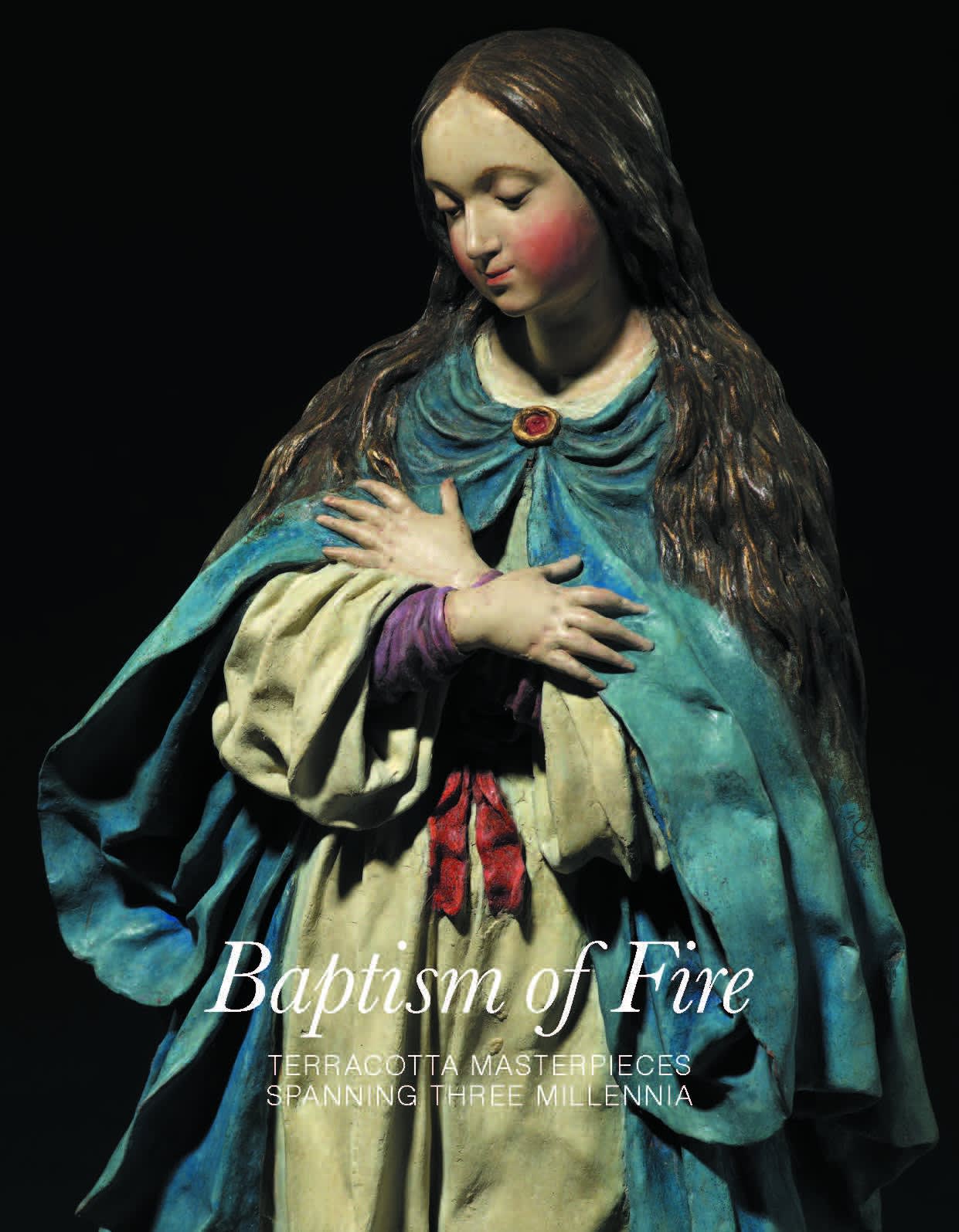Terracotta is the name given to naturally sourced clays rich in iron oxides which, when fired in a kiln, become durable and usually take on the distinctive orange/brown colour for which they are noted. It has been used since ancient times for both domestic utensils as well as for artistic expression. In this latter capacity, terracotta has been prized by artists for its malleability and the way in which it can be used to create unique works of art, as well as multiples that can be cast from a mould. It is particularly useful as a medium through which artists can easily resolve compositional difficulties before transferring to the more expensive medium of bronze or marble.
During the Renaissance and Baroque periods, there was a growing appreciation of many of these terracotta modelli as works of art in their own right. For a number of connoisseurs, the spontaneity of the terracotta model had a freshness which was often lacking in the finished product. This immediacy continues to fascinate collectors, who recognise an important direct link between the work of art and the artist’s creative process. The present exhibition attempts to show the versatility of the medium, as well as its enduring appeal spanning millennia.
 |














